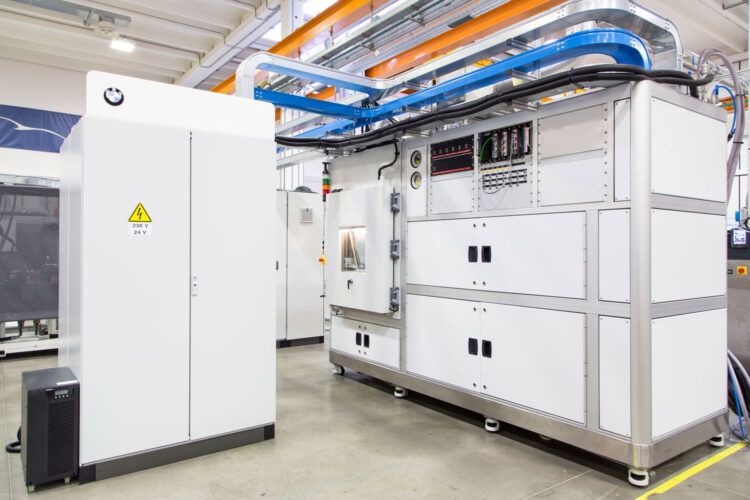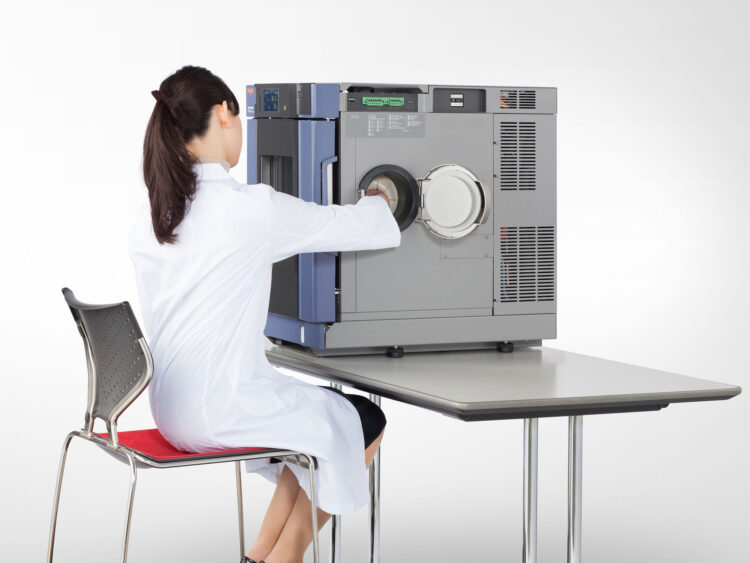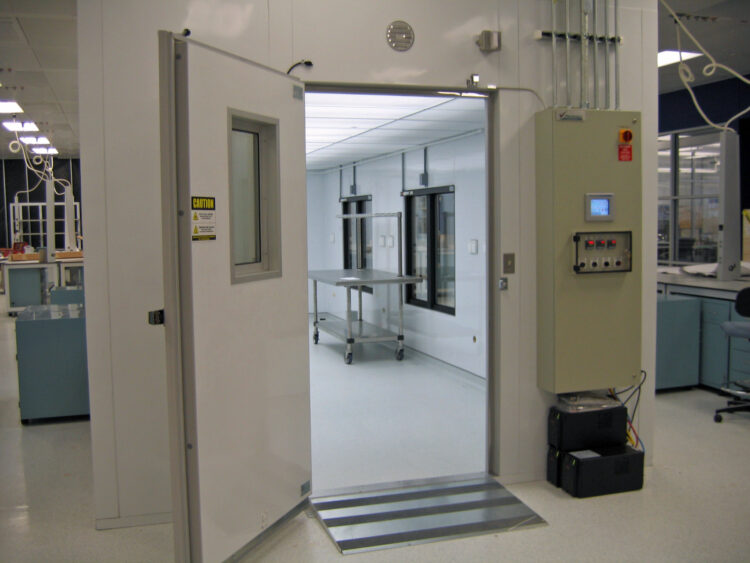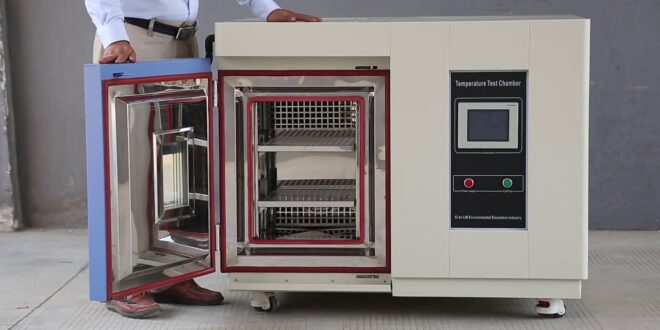Products require testing on various factors before they are put into commercial production. Product testing is a process in which importance cannot be overestimated enough. If products are not tested, then they can turn out faulty or defective in the hands of consumers. There are multiple drawbacks if this happens.
Firstly, your companies’ reputation will be diminished. No one wants to buy defective products, and consumers will certainly make sure you, and other consumers, know about it. Secondly, the product could end up harming the consumer, and that is a problem that no company wants. This could lead towards further, legal, actions being taken against your company.
These are the two main drawbacks if your products end up being defective or faulty. Because product testing is something that companies are accustomed to, you mustn’t neglect the importance of it.
In this article, we are going to talk about the different types of test chambers. Test chambers are devices that test the product for various external factors.
External Factors That Need Testing

Some of the external factors that a product needs to be tested can be anything from corrosion to climate change. Some of the most obvious ones would be humidity, temperature, and even vibration. Other factors include oxidation, solar radiation, climate changes, etc. Testing for these factors can decide whether or not your product is susceptible to its effects. If a testing chamber points out that your product is prone to corrosion, then you need to eighter address it or put a disclaimer on your product information.
The testing part is done during the Research & Development phase of a prototype. This phase is far from the finished one, so a company needs to search for the defective components or find the cause for the defect itself.
Types of Testing Chambers
From environmental chambers to stress chambers, there are dozens out there that each tests a different factor. You can click here for more information about environmental test chambers.
Nowadays, these chambers can come in the form of large ovens or portable units. So without further ado, let’s get started.
Benchtop Chambers

Benchtop chambers are environmental chambers that typically range from 0.5 cubic feet to 5.5 cubic feet. Benchtop chambers are the smallest in size that are built for commercial and industrial tests which require low temperature usually between 0 degrees C and -25 degrees C.
Rech-In Chambers
Larger then benchtop chambers, usually between 4 and 70 cubic feet, Reach-In chambers can simulate virtually any environment and can test for temperature, humidity, altitude, rain, solar, and vibration.
Walk-In Chambers

These chambers are big enough that allow you to ‘walk-in” or even drive into. Walk-In chambers are used for testing of large components, assemblies, and finished products that range anything from computers to cars and even satellites. These chambers provide an optimal simulation of temperature and humidity, and can also be used for testing food processing, pharmaceutical, and scientific applications.
Thermal Shock Chambers
Thermal Shock Chambers are the most common types of test chambers that are used for thermal testing, or in other words, the heating and cooling qualities of a product. The shock a product by moving it relentlessly in high temperature or low-temperature environment.
 Hi Boox Popular Magazine 2024
Hi Boox Popular Magazine 2024



